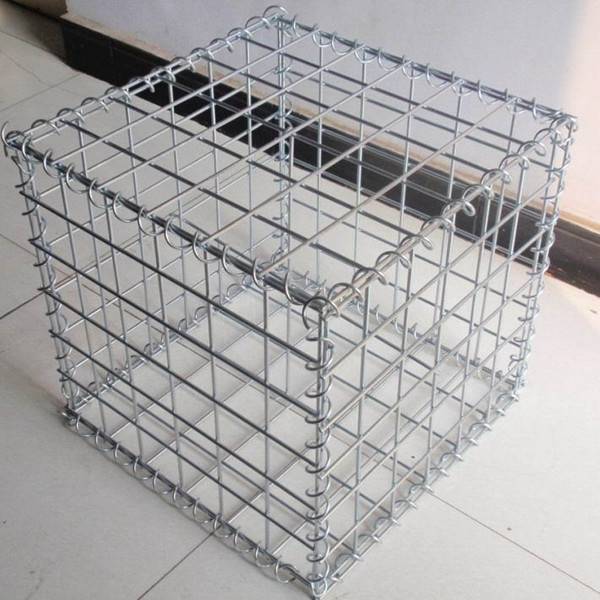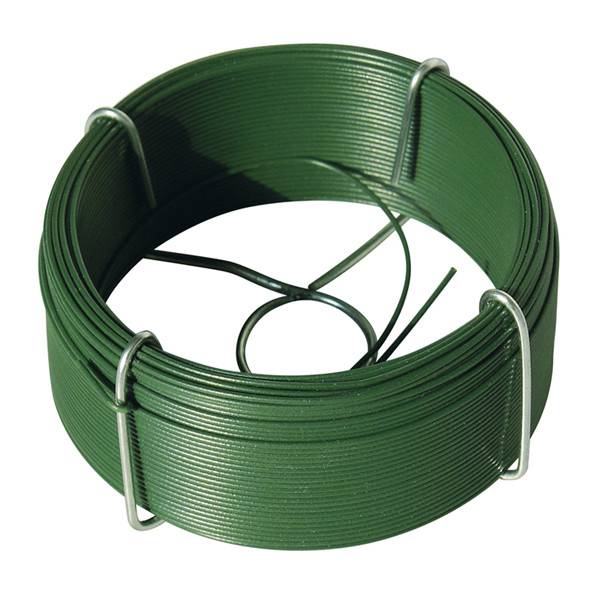
Sep . 22, 2024 07:22 Back to list
large pet enclosure
Creating a Large Pet Enclosure A Guide to Optimal Spaces for Your Furry Friends
When it comes to keeping pets, one of the most crucial considerations is providing them with a safe, spacious, and stimulating environment. For pet owners with larger animals or multiple pets—such as dogs, cats, rabbits, or even exotic animals—investing in a large pet enclosure can significantly enhance their quality of life. This article will explore the key elements to consider when designing an ideal large pet enclosure.
Understanding Your Pet's Needs
Every animal has unique needs based on their species, breed, and individual personality traits. Before starting your enclosure project, it's important to understand these needs. For example, dogs typically require ample space to run and play, while smaller animals like rabbits benefit from areas where they can dig and burrow. Additionally, some pets may need spaces to climb or perch, especially if you’re considering birds or cats.
Selecting the Right Location
The location of your pet enclosure is paramount. It should be situated in a safe environment away from hazards such as busy roads or stray animals. Also, consider the climate and weather conditions in your area. If you live in a region with extreme temperatures, it may be necessary to build a shaded area or a covered enclosure to protect your pets from harsh elements. Adequate ventilation is also essential to keep the space comfortable year-round.
Designing the Enclosure
A well-designed large pet enclosure should accommodate all essential activities such as exercise, play, and rest. Here are some design aspects to consider
1. Size The enclosure should be spacious enough for your pets to move freely. For dogs, a size of at least 100 square feet is a recommended minimum, while smaller pets may require less space but benefit from vertical structures.
large pet enclosure

2. Fencing Use sturdy, high-quality materials that can withstand wear and tear from your animals. The fence should be tall enough to prevent jumping or climbing, particularly with adventurous dogs or playful cats.
3. Shelters and Hiding Spots Provide areas where pets can retreat for rest or safety. This could be a doghouse, a shaded area, or a cozy nook for smaller animals. Hiding spots help reduce stress and provide a sense of security.
4. Enrichment Activities Enhance the enclosure with toys, climbing structures, tunnels, and chewable items to keep your pets mentally stimulated. Rotation of toys can also help maintain their interest.
5. Safety Features Ensure that any plants within the enclosure are non-toxic. Additionally, avoid any sharp objects or materials that could potentially harm your pets.
Maintenance Considerations
A large pet enclosure requires regular maintenance to ensure it remains clean, safe, and sanitary. Regularly check for broken items, replace soiled bedding, and ensure that waste is promptly collected. This not only enhances the living conditions for your pets but also prevents the buildup of pests and unpleasant odors.
Final Thoughts
Creating a large pet enclosure is not just about providing space; it's about creating a nurturing environment that promotes the well-being and happiness of your pets. With thoughtful planning and design, you can craft a space that caters to the specific needs of your furry companions, ensuring that they live fulfilling and happy lives. After all, a happy pet leads to a happy owner!
-
Why a Chain Link Fence is the Right Choice
NewsJul.09,2025
-
Upgrade Your Fencing with High-Quality Coated Chicken Wire
NewsJul.09,2025
-
The Power of Fence Post Spikes
NewsJul.09,2025
-
The Best Pet Enclosures for Every Need
NewsJul.09,2025
-
Secure Your Property with Premium Barbed Wire Solutions
NewsJul.09,2025
-
Enhance Your Construction Projects with Quality Gabion Boxes
NewsJul.09,2025
Products categories











